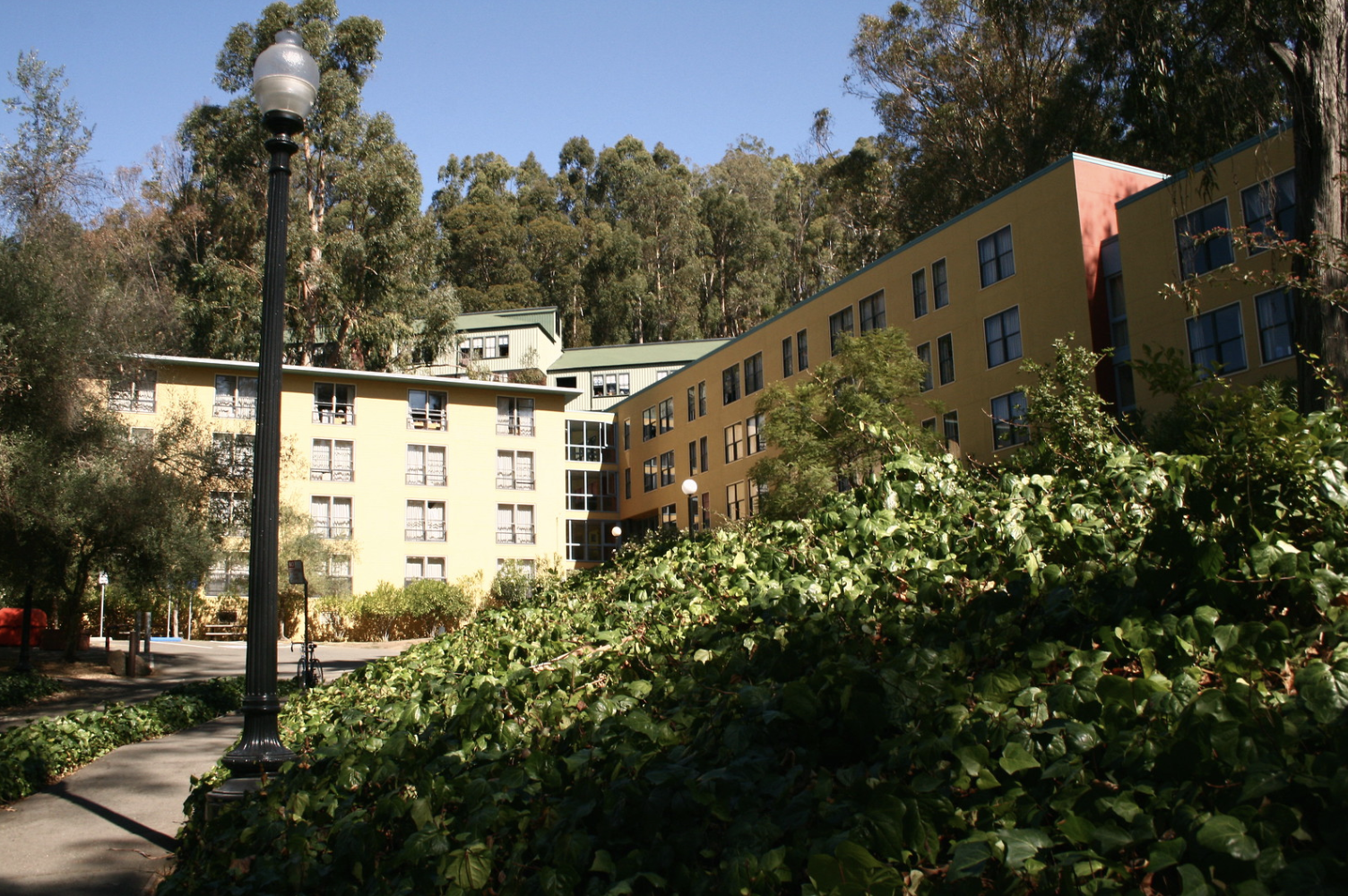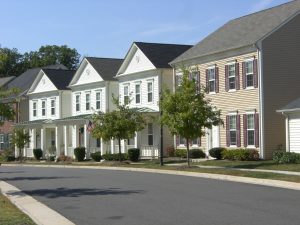By Zane Martin
T
he city of Berkeley, CA, home to families, students, and young professionals, is in the midst of a housing crisis. Admissions of large amounts of UC students and rent control are just a few factors that contribute to the shortage of available housing. The concept of affordable housing becomes irrelevant when such housing is non-existent. This housing shortage affects both students of UC Berkeley and Berkeley’s non-student residents. This policy memo will analyze the options available for rectifying this issue, with a primary emphasis placed on the suggestion that the University of California, as a primary stakeholder within the city of Berkeley and source of many new residents, has an implicit obligation to develop property in collaboration with the city. The fulfillment of this obligation along the recommended building schedule will rectify the issue by providing university housing for university students and freeing up private property for usage by non-university affiliated residents. Other avenues that will be explored include the reduction of rent controls and the subsidization of low-income housing.
UC Berkeley enrolled more than 8,300 students in the fall of 2018. [1] Each of these additional students creates an additional resident of Berkeley who must be able to access housing. UC Berkeley’s current efforts to create new housing have proven inadequate. While UC Berkeley has set a goal of housing 50 percent of its students, even with the creation of the new Blackwell Hall — which adds 750 new beds — the university falls well short of this goal, possessing only 8,700 of the approximately 15,600 necessary beds. [3]
Students do have the option of seeking off-campus housing; however, the ever-rising rents resulting from the Bay Area’s housing crisis can prove deeply prohibitive in that search. A 2018 report estimated that it would take approximately four minimum wage jobs to afford a standard Bay Area apartment. [4] With rampant costs that lock out even many working professionals from the housing market, how can students who rely on parental support and/or financial aid be expected to afford housing in Berkeley? UC Berkeley estimates monthly housing costs at approximately $792, and while anecdotal evidence reveals this amount to be an appropriate amount for a shared room in an uncongested housing market. In practice, housing scarcity makes such a reality uncertain. [6]
There are several potential options to solving this problem. Firstly, it is possible that the university and the city of Berkeley could cooperate to reduce the rent control restrictions that are currently in place. There are those who argue that the existence of rent control reduces the available supply of housing, which in turn creates housing scarcity and encourages landlords to allow rent to rise to the highest rates allowed by the rent ceiling. [5] This solution might free up some of the available housing in Berkeley; however, it likely would bring other undesirable effects. Rent control protects renters from landlords that without such restrictions would potentially be able to set rent amounts at entirely unaffordable levels. So, while such a solution might free up available housing supply, it would likely only make this supply available to the most affluent Berkeley residents and would likely be of little benefit to most of the students. In fact, this policy option could actually prevent even more students from accessing affordable housing and could pose additional risks to the housing security of numerous non-student residents.
Alternatively, UC Berkeley could come to an agreement with the city where it utilizes part its financial resources to subsidize the housing costs of low-income residents, including low-income students. This subsidization could improve residents’ access to housing that is currently just slightly out of their financial reach. It would not increase available housing, but it would increase affordable housing. It could even enable some residents currently living in cheaper housing to move up to middle-range housing, opening up the more affordable housing for use by students. However, this approach is unlikely to be feasible. Such a proposal would necessitate that UC Berkeley reallocate some its funding to be used for a program that would benefit a population where the majority of beneficiaries would not even be students of the university. Whether or not such a program would meet legal standards is beyond the scope of this memo, but it is certain that these funds would need to come from somewhere in the university’s budget, and this usage of funds could lead to budget cuts to some of UC Berkeley’s programs.
A third policy option, and the solution that is endorsed by this policy memo, is that UC Berkeley should increase its rate of development of student housing in a collaboration with the city of Berkeley. UC Berkeley presently has several undeveloped plots of land under its ownership, including the Oxford-tract and People’s Park. [3, 2] It has already declared the potential of building on People’s Park; however, the several hundred beds that will be provided by this new dwelling are insufficient to meet the school’s 50 percent housing goal. [2] UC Berkeley must utilize its existing properties to their fullest extent. This includes using all available off-campus lots, as well as developing on open spaces within the campus.
The issue that prevents such from occurring is that of the enormous costs that such rapid developments would require. There are numerous ways of finding these funds, including further state lobbying, reduction of funds from other programs, and increasing tuition. However, the first of these options is unlikely to be successful to the extent necessary for implementation. The latter two options are likely to create more shortfalls in university experience and accessibility than they solve.
However, the city of Berkeley has a clear incentive to cooperate with the university and subsidize these developments. If these developments are created, students will live in them rather than off-campus, and this will increase the available housing supply to the Berkeley population as a whole. Problems that prevent the implementation of this type of solution include the potential reluctance of the city, the implications concerning the displacement of the homeless population, and the potential financial inability of both the city and the university to fulfill such a project’s fiscal obligations.
Nonetheless, UC Berkeley has contributed to the current housing crisis by admitting students who become residents of the city of Berkeley, and owes it to both its students and the residents to help find a solution. Three potential solutions have been laid out, and while none of them are perfect, each provide an avenue to further explore in hopes of ameliorating the housing shortage that plagues Berkeley.
Works Cited
- “Berkeley Fall Enrollment Data.” UC Berkeley, https://opa.berkeley.edu/uc-berkeley-fall-enrollment-data.
- Dinkelspiel, Frances. “UC Berkeley Plans to Build Housing in People’s Park.” Berkeleyside, May 2018.
- Mara, Janis. “ As Student Numbers Swell, UC Berkeley Makes Some, Slow Progress on Housing.” Berkeleyside, Mar. 2018.
- Murphy, Katy. “As Bay Area Rents Soar, Many Can’t Keep Up.” Mercury News, May 2018.
- Rosen, Kenneth. “Rent Control Reduces Supply of Badly Needed Housing.” Mercury News, Sept. 2018.
- UC Berkeley. UC Berkeley Financial Aid. Mar. 2018.








Be First to Comment